 One of the most concerning diseases, cancer, has become one of the recent breakthroughs for Africa, a continent that has been battling cervical and breast cancer for years. In 2020, more than a million cancer cases were reported and considered a leading cause of death in Africa. Rwanda and Kenya, particularly, have had some recent wins in cancer research, treatment and preventative measures.
One of the most concerning diseases, cancer, has become one of the recent breakthroughs for Africa, a continent that has been battling cervical and breast cancer for years. In 2020, more than a million cancer cases were reported and considered a leading cause of death in Africa. Rwanda and Kenya, particularly, have had some recent wins in cancer research, treatment and preventative measures.
Rwanda
Early this year, the imPACT review team positively assessed the preventative measures Rwanda has made, such as restricting tobacco use and pushing HPV vaccines. The World Health Organization (WHO), International Agency for Research on Cancer and International Atomic Energy Agency conduct imPACT reviews and their recommendations included “urging Rwanda to increase domestic public/private investment in health and stressing the importance of incorporating cancer control in other health programmes to increase access to services and referrals.” Having this special focus in healthcare schooling will have a lasting effect on cancer treatment.
A few years back, the Rays of Hope program launched, involved in partnerships like constructing more radiotherapy centers, coinciding with the 2030 Agenda and Sustainable Development Goal 3 (Good Health and Well-Being). The promotion and advocacy of health will create lasting effects on future cancer breakthroughs.
Rwanda’s National Cancer Control Plan (2025-2029), including early detection, is more available. Many survivors like Edmund Kagire can attest to the recent developments made by the Plan, praising new cancer treatment centers: Rwanda Cancer Center, King Faisal Hospital, Kanombe Military Hospital and Butaro Hospital. Furthermore, in an interview with Rwandan student-run journal (ICK), Kagire mentions the Rwanda Biomedical Centre, raising awareness on the amazing treatments promoted and provided.
He further mentions the Ministry of Health’s 2027 goal to greatly reduce cervical cancer diagnoses and deaths, which have spread among nearly 900 women in just a single year. The Rwandan government considers this a pressing issue and has taken steps to act early, treating girls for HPV, lowering future rates.
Kenya
Courtesy of the Ministry of Health and Roche East Africa, patients will have financial protection with access to diagnostics and treatment as well as specialized training for healthcare workers in breast and cervical cancer management. As part of the 2030 Sustainable Development Goals for Universal Health Coverage (UHC), the Memorandum of Understanding agreement helps patients save costs by cutting co-pay and bringing exceptional care to the masses.
Last year, the Cancer Care Africa program launched advanced treatment for more people in Kenya, especially in breast cancer, according to AstraZeneca. As part of 2030 actionables, the program strives to foster 100 oncology facilities and healthcare professionals, modernize screenings, educate patients to take control of their experience, innovate medicine and produce concrete research data.
In May 2025, the National Commission for Science, Technology and Innovation (NACOSTI) paid a visit to the National Cancer Institute of Kenya to assess the legitimacy and ensure rapid progress.
Looking Forward
Africa has come a long way in fighting against cancer. With new government investment, medical technologies and human resources, countries can improve control over this disease. Both nations, Kenya and Rwanda, have a motivation to see a future without cancer-stricken health problems. To witness any near-cancer breakthroughs, the society will put its foot forward in educating and continue building on health resources for its people.
– Melody Aminian
Melody is based in Irvine, CA, USA and focuses on Good News for The Borgen Project.
Photo: Flickr
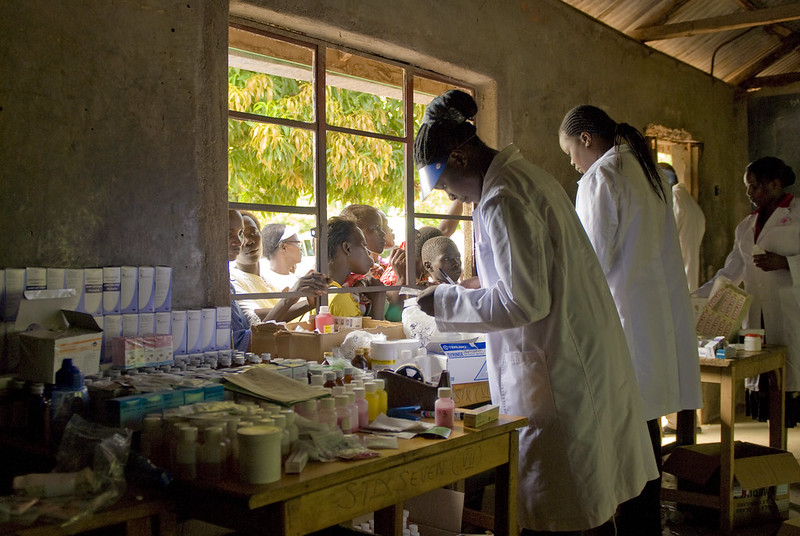

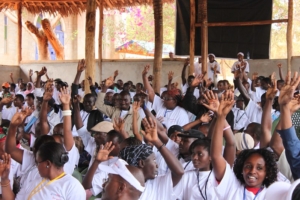
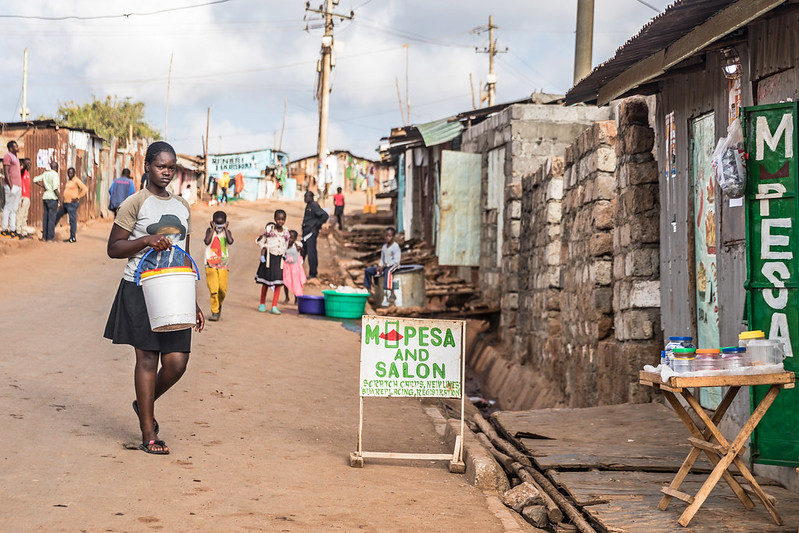 Although widely described as the largest slum in Africa, Nairobi’s Kibera is deeply rooted in community values and caring for your neighbor. While women face higher rates of health risks in varying forms, Dr Stellah Bosire persevered as a child engulfed in poverty. Feeling encouraged by her community and teachers, she became a highly influential human rights activist.
Although widely described as the largest slum in Africa, Nairobi’s Kibera is deeply rooted in community values and caring for your neighbor. While women face higher rates of health risks in varying forms, Dr Stellah Bosire persevered as a child engulfed in poverty. Feeling encouraged by her community and teachers, she became a highly influential human rights activist.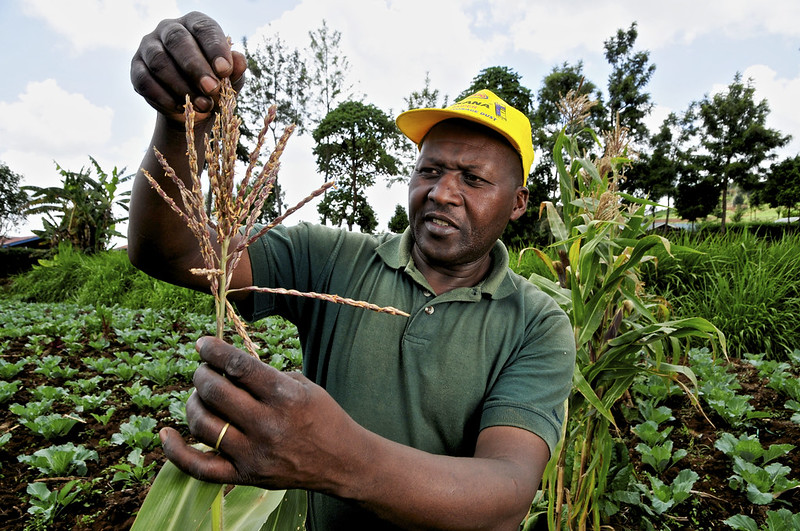 In Kenya,
In Kenya, 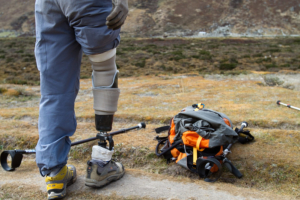
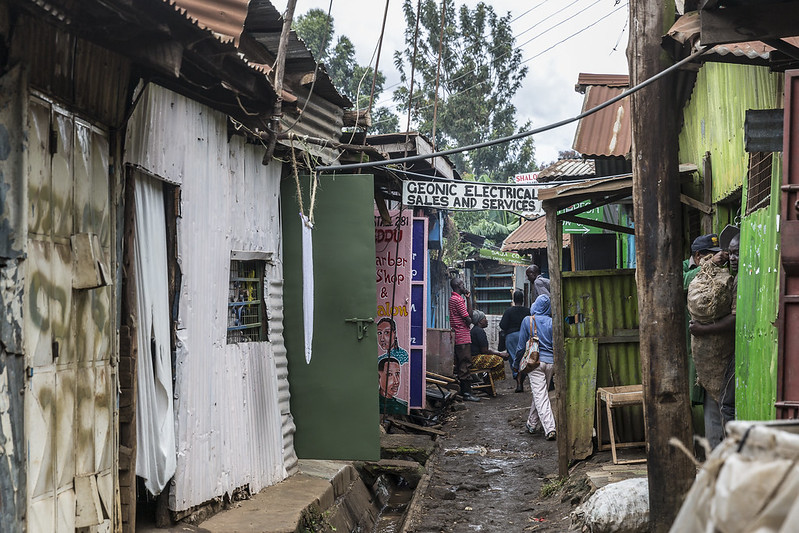

 Worldwide, 16.6 million children under 18 have lost one or both parents to HIV; 90% of these orphans live in sub-Saharan Africa. In 2019, about
Worldwide, 16.6 million children under 18 have lost one or both parents to HIV; 90% of these orphans live in sub-Saharan Africa. In 2019, about 